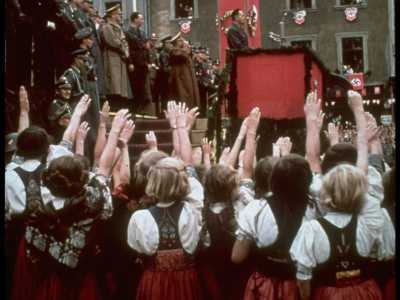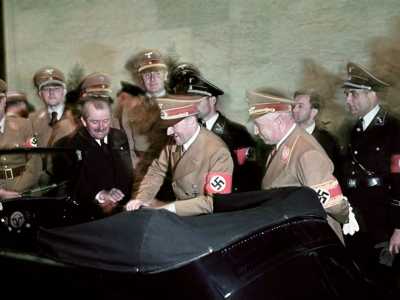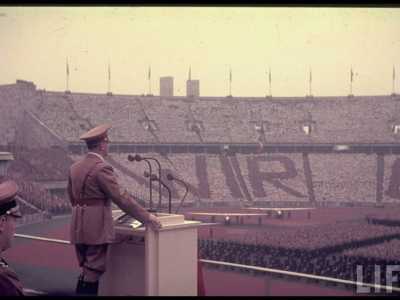Uprising
Adolf Hitler's rise to power began in Germany in September 1919 when Hitler joined the political party then known as the Deutsche Arbeiterpartei – DAP (German Workers' Party). The name was changed in 1920 to the Nationalsozialistische Deutsche Arbeiterpartei – NSDAP (National Socialist German Workers' Party, commonly known as the Nazi Party). It was anti-Marxist and opposed to the democratic post-war government of the Weimar Republic and the Treaty of Versailles, advocating extreme nationalism and Pan-Germanism as well as virulent anti-Semitism. Due to unrest left from the change of government from a monarchy, based on social standing, to a democratic republic, the people of Germany turned to riots and violence. The drastic change allowed for mobility amongst the classes and new voices to be heard. Many large cities, especially Berlin, experienced political rallies which resulted in violence from opposition. The quick overturn of leaders also influenced crises in the interwar period. Ultimately the National socialists took advantage of the radical setting of Germany but leading to this there was great amounts of political violence.

















































